The Final 20 Miles Of The Dalton Driven In The Fog, North Slope, Alaska
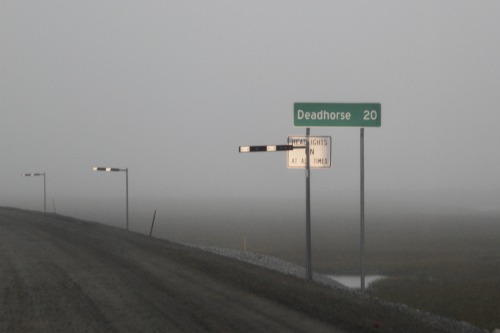
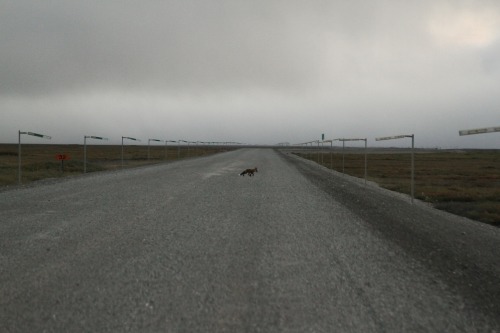
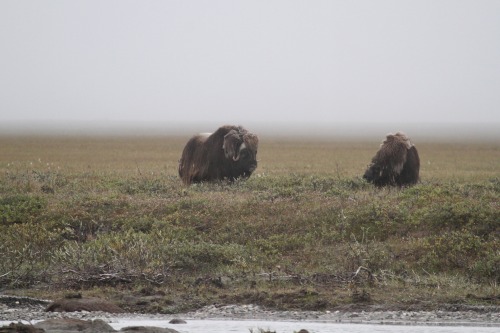

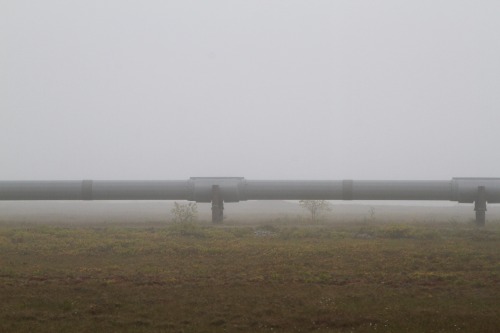
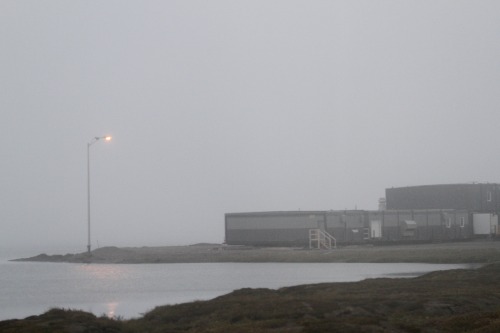

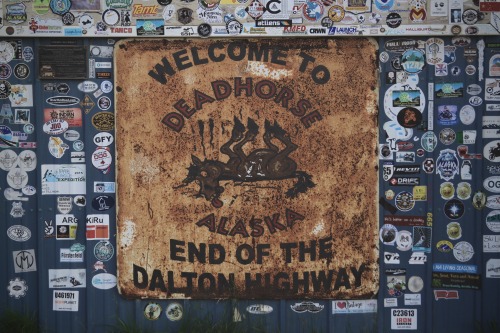
The final 20 miles of the Dalton driven in the fog, North Slope, Alaska
Taken August 2020
More Posts from Flurries-and-frost and Others
rest in peace thomas armitage. died tragically and miserably under mysterious lead-based circumstances in the arctic tundra circa 1848 on a failed expedition only to have your decaying frozen bones get mislabeled, shoddily reburied, have your boyfriends wallet and diary taken away from you to be archived, meanwhile you get gnawed on by various creatures for another hundred years, just to be rediscovered again later and laid out on a piece of plywood from the Home Depot, and then get shoved in a bag which was placed in an acid free box and then shipped to ottawa in the early 1970s just to have some unpaid intern along the line lose your bones. and no one even gives a fuck.

Natural history vol. 2 - British National Antarctic Expedition - 1907 - via Internet Archive

In 1869 the New Bedford artist and photographer William Bradford took part in an expedition to northern Greenland sponsored by a Boston family. The trip was documented in this book, with albumen photos that are considered the finest artic photos of the mid to late 19 th century. The book is scarce with copies selling in the 125-150000 range.

In Search of Those Lost
I’m currently super interested in Arctic exploration. This is mostly inspired by the searches for the lost Franklin expedition.
May they rest in peace.

Closing In By Marsel van Oosten

GUYS NO










LOOK AT THESE ABSOLUTE UNITS AT OSAKA AQUARIUM… round…………
also… plotting jailbreaks between bouts of sleep…

In temperatures that drop below -20 degrees Fahrenheit, along a route occasionally blocked by wind-driven ice dunes, a hundred miles from any other people, a team led by two of our scientists are surveying an unexplored stretch of Antarctic ice.
They’ve packed extreme cold-weather gear and scientific instruments onto sleds pulled by two tank-like snow machines called PistenBullys, and after a stop at the South Pole Station (seen in this image), they began a two- to three-week traverse.
The 470-mile expedition in one of the most barren landscapes on Earth will ultimately provide the best assessment of the accuracy of data collected from space by the Ice Cloud and land Elevation Satellite-2 (ICESat-2), set to launch in 2018.
This traverse provides an extremely challenging way to assess the accuracy of the data. ICESat-2’s datasets are going to tell us incredible things about how Earth’s ice is changing, and what that means for things like sea level rise.
Make sure to follow us on Tumblr for your regular dose of space: http://nasa.tumblr.com.
-
 emotionalsupportwarcriminal reblogged this · 5 months ago
emotionalsupportwarcriminal reblogged this · 5 months ago -
 danniam liked this · 8 months ago
danniam liked this · 8 months ago -
 malaicat reblogged this · 8 months ago
malaicat reblogged this · 8 months ago -
 bluecrowcafe liked this · 10 months ago
bluecrowcafe liked this · 10 months ago -
 malaicat reblogged this · 1 year ago
malaicat reblogged this · 1 year ago -
 crystalmoments reblogged this · 1 year ago
crystalmoments reblogged this · 1 year ago -
 transparentgentlemenmarker liked this · 1 year ago
transparentgentlemenmarker liked this · 1 year ago -
 dailymothanon liked this · 1 year ago
dailymothanon liked this · 1 year ago -
 ignorance-on-fire liked this · 1 year ago
ignorance-on-fire liked this · 1 year ago -
 aquaflv liked this · 1 year ago
aquaflv liked this · 1 year ago -
 andouble liked this · 1 year ago
andouble liked this · 1 year ago -
 chibi-oneiros reblogged this · 1 year ago
chibi-oneiros reblogged this · 1 year ago -
 chibi-oneiros liked this · 1 year ago
chibi-oneiros liked this · 1 year ago -
 bastarb liked this · 1 year ago
bastarb liked this · 1 year ago -
 fishmech reblogged this · 1 year ago
fishmech reblogged this · 1 year ago -
 fishmech liked this · 1 year ago
fishmech liked this · 1 year ago -
 calmbelly liked this · 1 year ago
calmbelly liked this · 1 year ago -
 themysteryofthepurplepool reblogged this · 1 year ago
themysteryofthepurplepool reblogged this · 1 year ago -
 aglobeinthedark liked this · 1 year ago
aglobeinthedark liked this · 1 year ago -
 gaytanic-panic reblogged this · 1 year ago
gaytanic-panic reblogged this · 1 year ago -
 gaytanic-panic liked this · 1 year ago
gaytanic-panic liked this · 1 year ago -
 leechesandcream liked this · 1 year ago
leechesandcream liked this · 1 year ago -
 deathoftheamericandream reblogged this · 1 year ago
deathoftheamericandream reblogged this · 1 year ago -
 monparadissombre-blog liked this · 1 year ago
monparadissombre-blog liked this · 1 year ago -
 femmedboy reblogged this · 1 year ago
femmedboy reblogged this · 1 year ago -
 deepinacursedwood reblogged this · 2 years ago
deepinacursedwood reblogged this · 2 years ago -
 sickonshimmer liked this · 2 years ago
sickonshimmer liked this · 2 years ago -
 cloudyskies123 liked this · 2 years ago
cloudyskies123 liked this · 2 years ago -
 weird-stash-gangsta-cat liked this · 2 years ago
weird-stash-gangsta-cat liked this · 2 years ago -
 satelliteduster liked this · 2 years ago
satelliteduster liked this · 2 years ago -
 frankgoji liked this · 2 years ago
frankgoji liked this · 2 years ago -
 gerdarntz reblogged this · 2 years ago
gerdarntz reblogged this · 2 years ago -
 atreianostrum liked this · 2 years ago
atreianostrum liked this · 2 years ago -
 natartofficial reblogged this · 2 years ago
natartofficial reblogged this · 2 years ago -
 nikkowle liked this · 2 years ago
nikkowle liked this · 2 years ago -
 severmyneck reblogged this · 2 years ago
severmyneck reblogged this · 2 years ago -
 forkimified reblogged this · 2 years ago
forkimified reblogged this · 2 years ago -
 aenima1996 liked this · 2 years ago
aenima1996 liked this · 2 years ago -
 arianod reblogged this · 2 years ago
arianod reblogged this · 2 years ago -
 arianod liked this · 2 years ago
arianod liked this · 2 years ago -
 stonedrunkwizard liked this · 2 years ago
stonedrunkwizard liked this · 2 years ago -
 irkthepurists liked this · 2 years ago
irkthepurists liked this · 2 years ago -
 johnzombi reblogged this · 2 years ago
johnzombi reblogged this · 2 years ago -
 bizarrobrain reblogged this · 2 years ago
bizarrobrain reblogged this · 2 years ago

